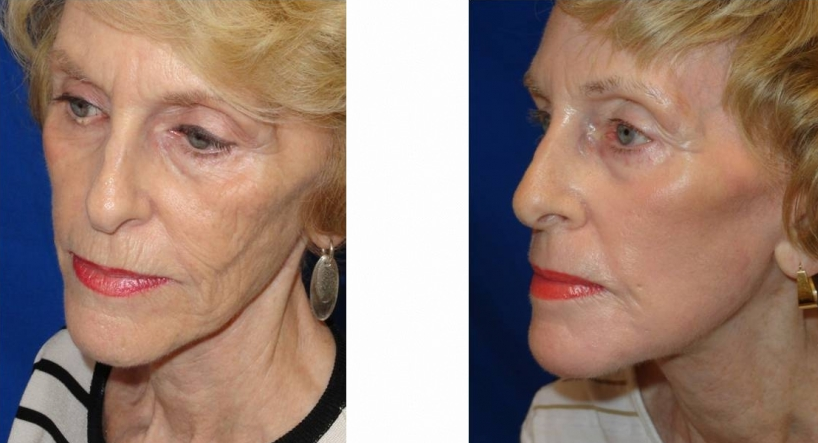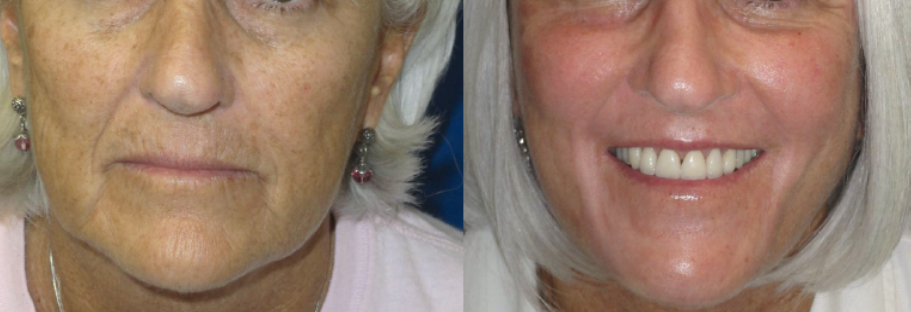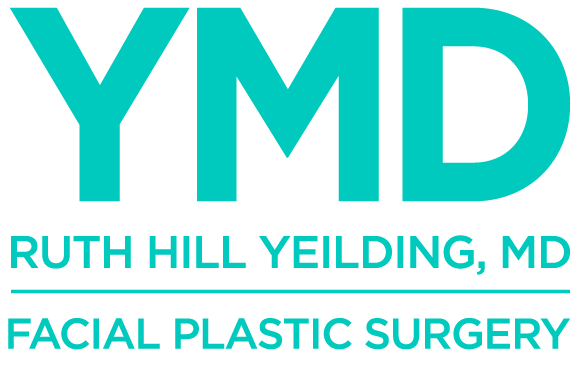CO2 Laser Resurfacing: What Are the Benefits?
CO2 Laser Resurfacing is a highly effective treatment that targets fine lines, sun damage, and uneven skin texture. Using advanced CO2 laser technology, this procedure removes damaged layers of skin, stimulating collagen production and revealing smoother, tighter, and more youthful skin. Whether you’re looking to reduce wrinkles, diminish scars, or improve pigmentation, CO2 laser resurfacing offers personalized solutions for a radiant complexion.
Why choose Ablative CO2 Laser Skin Resurfacing?
Smoothens out facial lines and wrinkles for a more youthful appearance.
Minimizes acne scars, uneven texture, and sun damage, revealing smoother, more even skin.
Skin Tone
Fades age spots, freckles, and pigmentation irregularities, promoting a more balanced complexion.
Increases collagen levels to firm and tighten skin, restoring elasticity and suppleness.
Why Choose YMD For Ablative CO2 Laser Skin Resurfacing?
At YMD Facial Plastic Surgery, your treatment is led by Dr. Yeilding, a distinguished expert in facial plastic surgery with a reputation for precision and excellence. With extensive training and years of experience, Dr. Yeilding ensures your safety and satisfaction throughout your journey.
We understand that every individual’s skin is unique. That’s why we offer personalized treatment plans tailored to your specific skin concerns and aesthetic goals. Whether you’re targeting fine lines, sun damage, or uneven texture, our customized approach ensures results that enhance your natural beauty.
Our practice is equipped with advanced CO2 laser technology, recognized for its effectiveness in skin rejuvenation. Ablative CO2 Laser Skin Resurfacing at YMD delivers precise, controlled treatments that stimulate collagen production and reveal smoother, firmer skin with minimal discomfort.
At YMD, we prioritize your satisfaction and safety above all else. From your initial consultation to post-procedure care, our dedicated team provides comprehensive support and guidance. Experience compassionate care and exceptional results under the expertise of Dr. Yeilding and our skilled professionals.
Our goal is not just to improve your skin’s appearance, but to enhance your overall well-being and confidence. With Ablative CO2 Laser Skin Resurfacing at YMD, you can expect long-lasting benefits that rejuvenate your complexion and leave you feeling radiant.
How Can I Prepare for Ablative CO2 Laser Skin Resurfacing Procedure?
Meet The Expertise of Dr. Yeilding & Trust The Process
At YMD, our commitment to excellence ensures that every procedure is performed by Dr. Yeilding, a leading expert in facial plastic surgery. With years of experience and a dedication to personalized care, Dr. Yeilding and our skilled team will guide you through each step of your journey, ensuring comfort, safety, and outstanding results.
What Should I expect after CO2 Laser Resurfacing?
Ablative CO2 laser skin resurfacing may cause mild discomfort during the procedure but typically does not result in postoperative pain. At YMD, our staff ensures your comfort throughout the entire treatment.
Recovery time after ablative CO2 laser resurfacing varies depending on the severity of wrinkles and the intensity of the laser. YMD closely monitors your recovery process, addressing concerns such as reapplying Aquaphor and promoting skin healing. Post-treatment care involves using thick ointments and vinegar soaks for about a week to help the old skin peel away and new skin regenerate. Results are long-lasting with proper care, although it's important to avoid makeup and harsh products until fully healed. Our dedicated staff at YMD will guide you through every step of your recovery journey.

Our laser resurfacing treatments are renowned for delivering impressive results after just one session. We are committed to your well-being, ensuring peace of mind and a revitalizing transformation you can be proud of. Experience smoother, radiant skin that boosts your self-confidence. Maintaining a good skincare routine is crucial for maximizing the benefits of this procedure and protecting your skin from future damage. Trust us to unlock your skin’s full potential – we promise a rejuvenation that exceeds expectations.
Frequently Asked Questions About Ablative Co2 Laser Skin Resurfacing
Ideal for individuals seeking significant skin rejuvenation, Ablative CO2 Laser Skin Resurfacing is suitable for various skin types and concerns. Whether you aim to reduce signs of aging, improve skin texture, or address specific pigmentation issues, our expert team will guide you through every step of your transformative journey.
Ablative CO2 Laser Skin Resurfacing is generally well-tolerated with the use of topical anesthesia to minimize discomfort during the procedure.
Most patients see significant improvement after just one session. However, the number of sessions needed may vary based on individual skin concerns and treatment goals.
Yes, there is typically downtime involved as the skin heals. You may experience redness, swelling, and mild discomfort, which usually subsides within a few days to a week.
Side effects are minimal but may include temporary redness, swelling, and sensitivity. Our team will discuss potential risks and benefits during your consultation.
Results can be long-lasting with proper skincare and sun protection. Maintenance treatments may be recommended to sustain optimal results.
Yes, CO2 Laser Resurfacing is highly effective for treating acne scars. The treatment works by using laser energy to remove damaged skin layers and stimulate the production of new, healthy skin cells. This helps smooth out the skin’s surface, reduce the appearance of scars, and improve overall skin texture.
For deep acne scars, multiple sessions may be recommended to achieve the best results. While CO2 laser resurfacing can significantly improve the appearance of scars, it’s important to have a consultation with our specialists to determine the best approach for your skin type and scar condition.
Most patients can return to work and normal activities within 1 to 2 days after CO2 Laser Resurfacing. You may experience some redness and swelling, similar to a mild sunburn, which typically resolves within a few days. It’s important to follow post-treatment care instructions to ensure optimal healing.
Our Results





